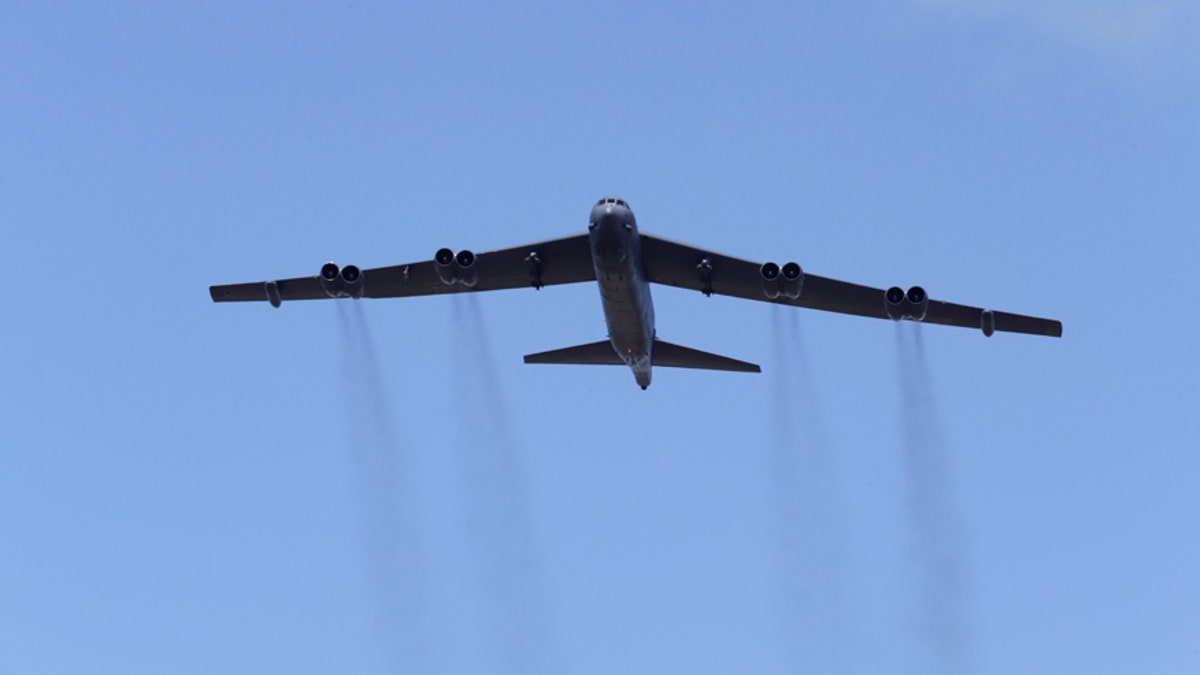
A U.S. B-52 bomber takes part in the "Saber Strike" NATO military exercise in Adazi, Latvia, June 13, 2016. REUTERS/Ints Kalnins - RTX2FYU3
The Air Force on Monday revealed its long-range plan to eventually jettison its supersonic B-1 and stealthy B-2 bombers earlier than planned while keeping the venerable B-52, an aging Cold War workhorse that first flew in 1954 and was last built in 1962, flying into the 2050s.
The Air Force confirmed that it plans to send its two newer bombers into early retirement, but keep the B-52 in the inventory well past its 100th birthday.
“With an adequate sustainment and modernization focus, including new engines, the B-52 has a projected service life through 2050, remaining a key part of the bomber enterprise well into the future,” said Gen. Robin Rand, Air Force Global Strike Command commander, in a statement issued by the Air Force.
But today’s B-52 has evolved from the planes first flown in the '50s. The Stratofortress has undergone numerous upgrades and modernization over the years, including the addition of an advanced communications system that displays real-time intelligence feeds overlaid on moving maps.
The B-1 conventional bomber and the B-2 stealth bomber are also getting upgrades in the Air Force budget, but eventually their mission will be taken over by the new B-21 long-range stealth bomber, now in the design stage. B-1s were supposed to fly into the 2040s and B-2s until 2058, but the new plan moves their retirement up to the early 2030s, Air Force Magazine reported.
While the B-52 will continue as a conventional bomber, it will also carry the new long-range stand-off nuclear cruise missile.

